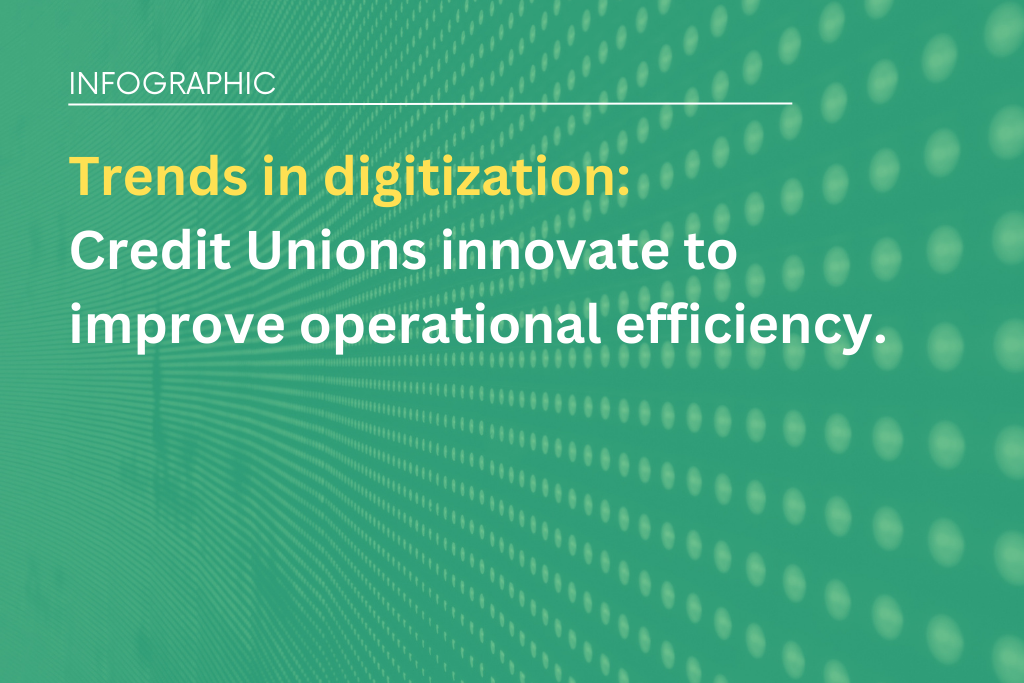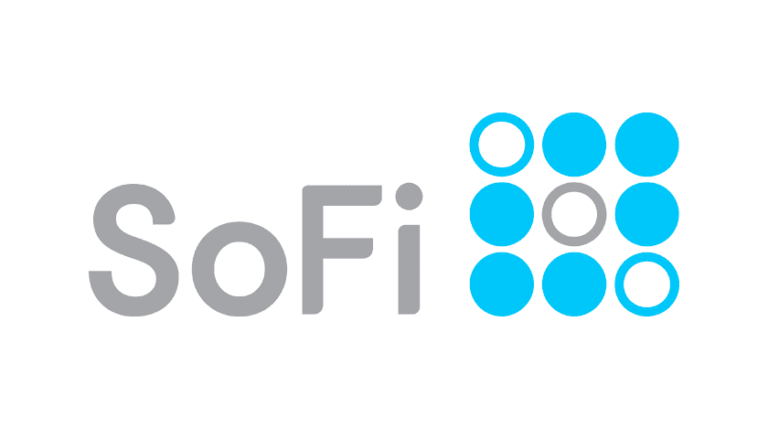In today’s tech-savvy world, where customers expect seamless digital experiences, credit unions must revolutionize their operations to stay competitive. Credit unions must adopt digital technologies to remain competitive and provide efficiency in operations. The digital transformation of credit unions is a strategic imperative for long-term success. By embracing digital technologies, credit unions can stay relevant… Continue reading Trends in Digitization: Credit Unions Revolutionize Operations for a Tech Savvy Word
Month: April 2023
Imagine a world where financial services are seamlessly integrated into your everyday activities, whether buying groceries or booking a vacation. It is where embedded finance comes to play. It changes when and where we access financial services and how we interact with them. Embedded finance is not just a buzzword but a revolution transforming the finance world.
A report by Insider Intelligence predicts that the market cap for embedded finance will reach $7.2 trillion by 2030. By 2025, the market will generate almost $230 billion in new revenue in the US, a 922% increase from the $22.5 billion reported in 2020.
What is Embedded Finance?
Embedded finance distributes financial products and services through non-financial companies while maintaining control over the customer experience. It is a transformative concept that seamlessly integrates financial services into everyday activities. The core idea is to allow a non-financial entity to incorporate financial assistance through APIs (Application Programming Interfaces) that will not require the customer to switch to a third-party website to avail themselves of a financial service. By embracing this change, businesses can create new opportunities for growth and innovation while providing tailored experiences that meet the evolving needs of their customers. Fintech startups and other innovative companies are driving the growth of embedded finance by partnering with traditional financial institutions and leveraging innovative technologies such as Blockchain and Artificial Intelligence. Additionally, the COVID-19 pandemic has accelerated the adoption of digital payments and other financial services, further increasing the demand for embedded finance.
Embedded Lending: A Disruptive Innovation Transforming the Lending Industry
The rise of embedded finance, where traditional financial services or tools are integrated into a non-financial organization’s infrastructure, has revolutionized online transactions by providing streamlined financial processes that enhance the customer experience. Embedded Lending is gaining importance as a subset of this innovative approach to providing financial services, as it eliminates the need for high-cost third parties like financial institutions in the lending process. The convenience and accessibility of embedded Lending have made it a game-changer in the financial industry,
Using a customizable API (Application Programming Interface) or white-label solution, digital brands can integrate embedded lending options into their technology ecosystem or e-commerce platform. This dynamic offering can be tailored to meet their specific customer needs, ensuring brand integrity remains intact.
Embedded Lending has become a popular option for businesses offering customers a more streamlined and convenient way to finance their purchases. One of the critical advantages of embedded Lending is that it can be provided to customers who may not otherwise have qualified for traditional lending options. Using Datalytics, lenders can assess a customer’s creditworthiness in real-time and make a lending decision within minutes. It makes financing more accessible to a broader range of customers, increasing their purchasing power and driving sales for the business.
Embedded Lending is the future
According to a report by Future Market Insights, the embedded lending market is expected to reach US 32.5 billion by 2032, growing at a CAGR OF 19.4% from 2022 to 2032.
The rapid evolution of embedded Lending in the B2C space has been driven by the desire to increase customer loyalty and brand value. What began as a value-added service has now become a ubiquitous facilitator of streamlined lending experiences. Embedded lending can help lenders provide more loans and reach more customers by increasing accessibility and reducing the friction of applying for credit. Customers can easily access loans by integrating lending services into existing platforms and applications. This can attract more customers who may have hesitated to apply for a loan. Additionally, embedded lending can increase customer satisfaction and loyalty, promoting positive word-of-mouth marketing and enhancing the lender’s brand value. Embedded lending can help lenders stay competitive and grow their businesses by offering more value to their customers.
Conclusion
Embedded lending technology is a powerful tool revolutionizing the financial services industry. Integrating Lending into other products and services enables businesses to offer their customers a more seamless and convenient experience while expanding their customer base and increasing revenue. The future of embedded lending technology looks promising, with many exciting developments and innovations on the horizon. As this technology evolves and becomes more sophisticated, we can expect to see more applications across various industries, driving economic growth and transforming how we do business. Businesses, regulators, and consumers must embrace this technology responsibly and sustainably, leveraging its full potential for the benefit of all.










